Sharing info to help form pictures of the task at hand.
Getting (re)acquainted with the carb and refreshing some the past gained knowledge spread over the years.
A 5200 is a popular carb used in many different applications.
http://vb.foureyedpride.com/showthre...2-3l-carb-help
https://www.thesamba.com/vw/archives...Carburetor.pdf
http://vb.foureyedpride.com/showthre...ID-numbers-etc
http://vb.foureyedpride.com/showthre...ft-5200-2bbl-s
See cleaning and inspection
https://www.carburetor-parts.com/Hol...al_ep_340.html
From 79 Ford Engine shop manual V2 section 29-02-120 procedure SSD-18 model 5200/6500 carbs
"This procedure is to be used if contamination must be removed from the carburetor.
Note where the parts came from".
1- remove carb
2- remove: air horn, hs bleeds, well tubes, main metering jets, idle jet(s), idle mix adj screw, accel pump (cover, diaphragm, spring), power valve, needle and seat, accel pump shooter.
3- Clean bowl and all items removed.
4- Using compressed air, blow out the following main body channels in listed order:
a- primary idle channel from the adj screw opening
b- primary and secondary idle channels from idle jet opening
c- fuel bowl, primary, secondary main metering jet channels\
d- primary and secondary main well channels
e- accel pump channel







 Reply With Quote
Reply With Quote



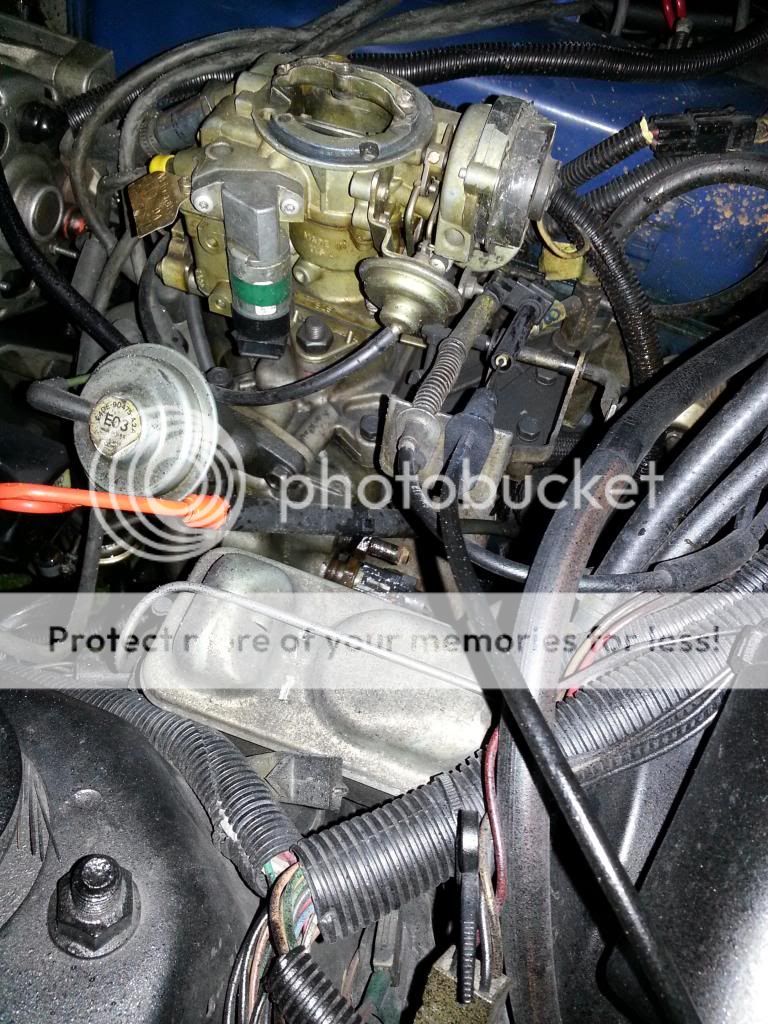


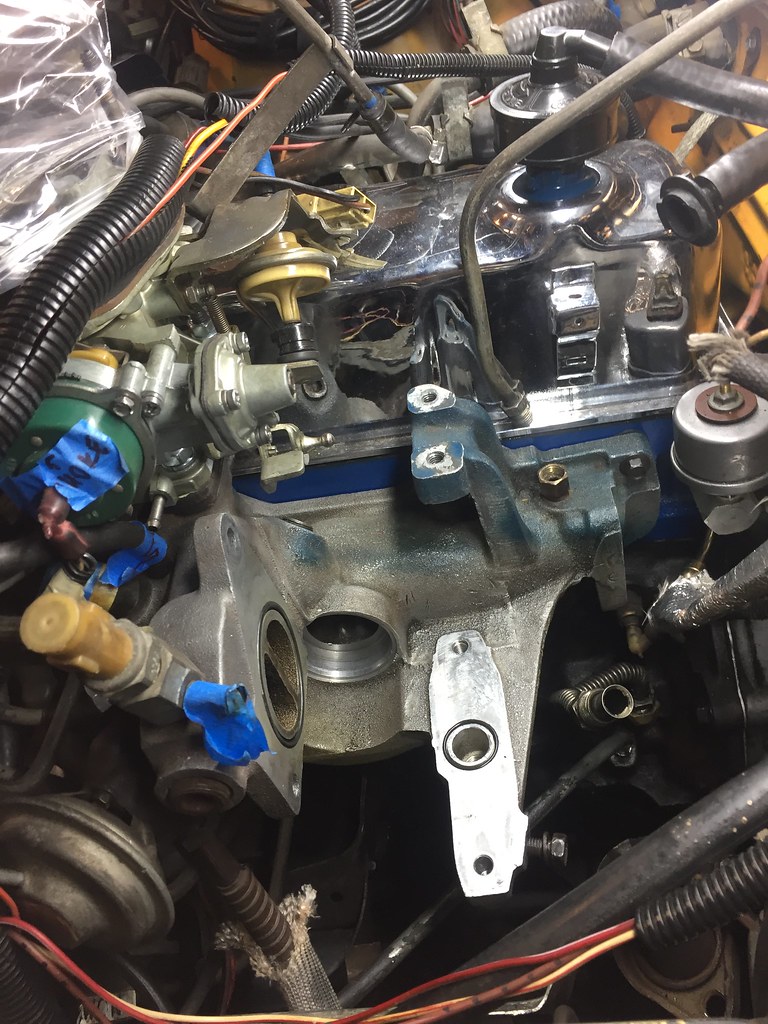



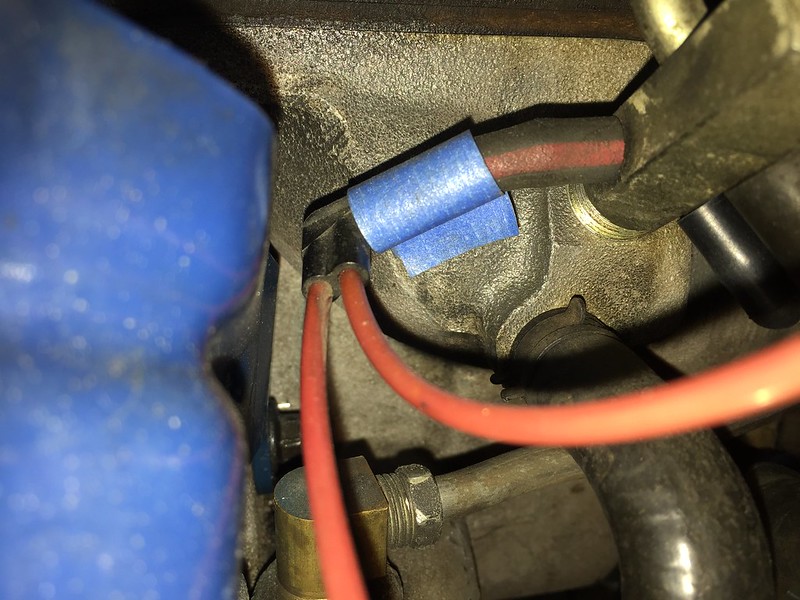



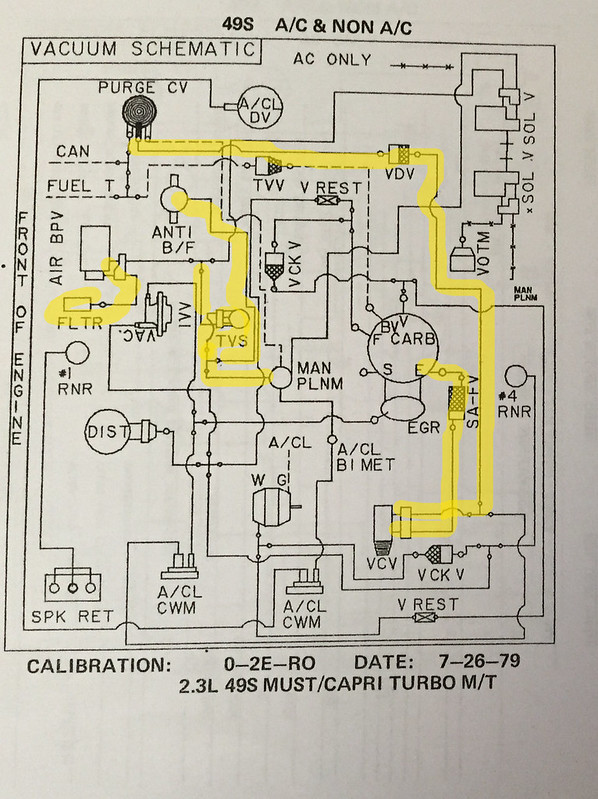
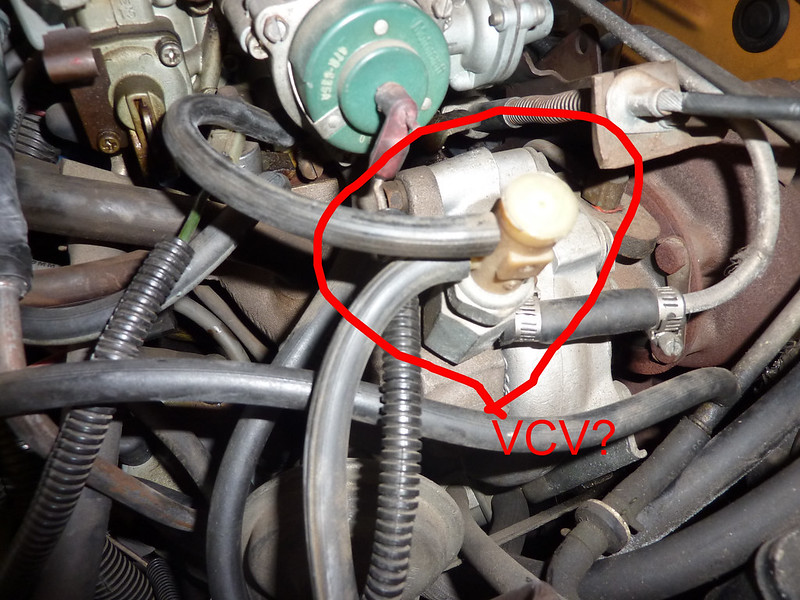
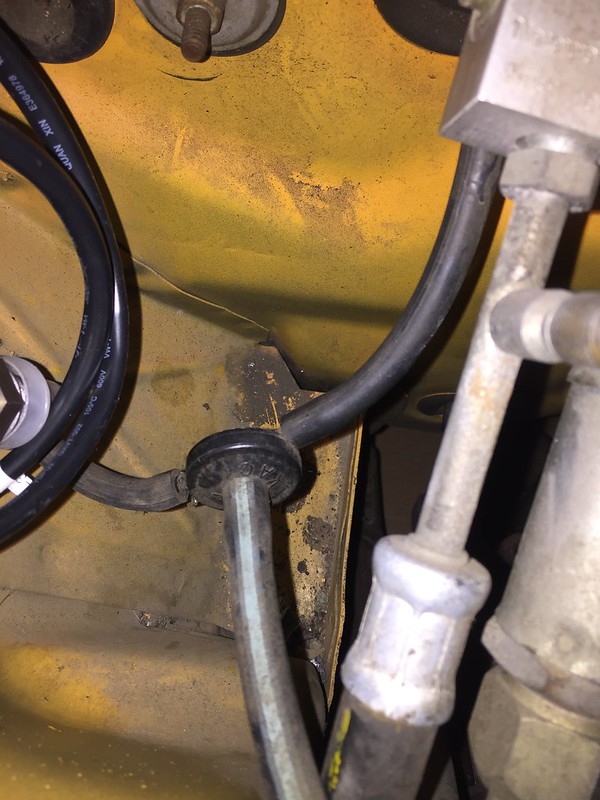
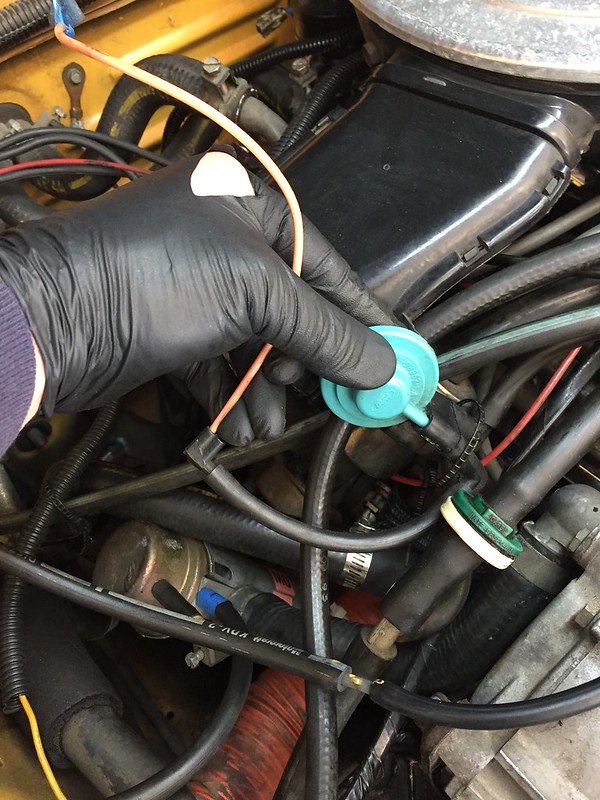 [/url]
[/url]

 Will be reviewing all I can find on there. I had googled 5200 to death but never quite found what I've found through here. I know it appears to have the original correct carb, but I had suspected someone tried to rig up a manual choke. Good to know the electric choke is correct.
Will be reviewing all I can find on there. I had googled 5200 to death but never quite found what I've found through here. I know it appears to have the original correct carb, but I had suspected someone tried to rig up a manual choke. Good to know the electric choke is correct.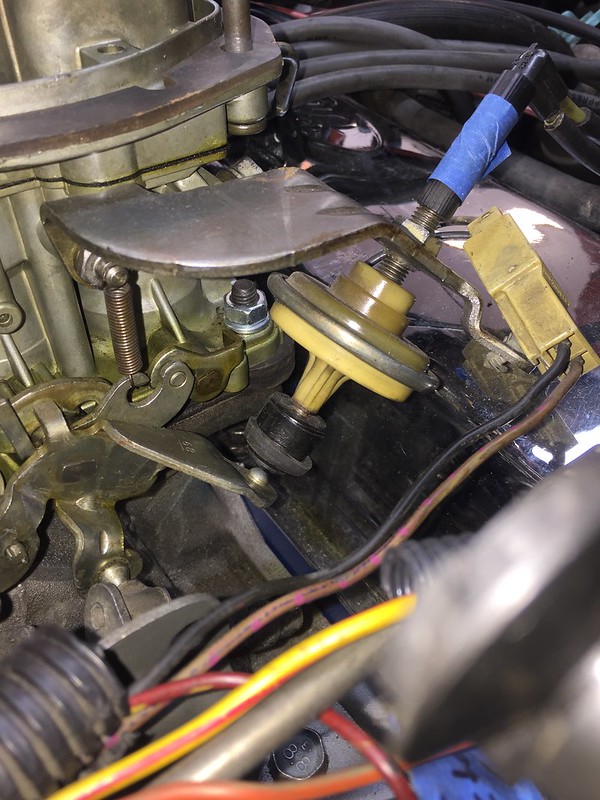
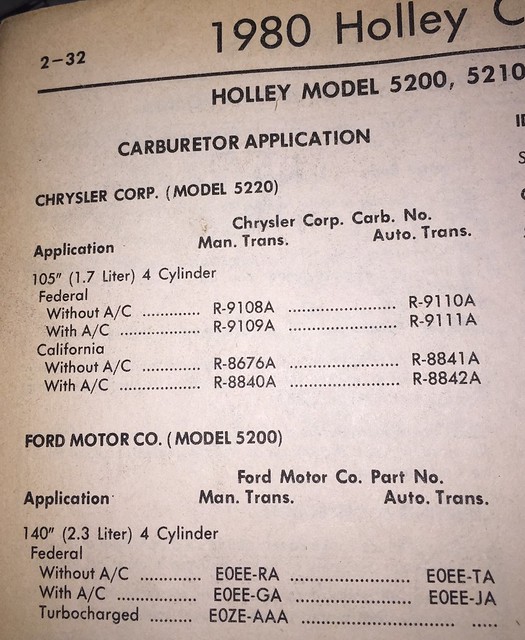




Connect With Us